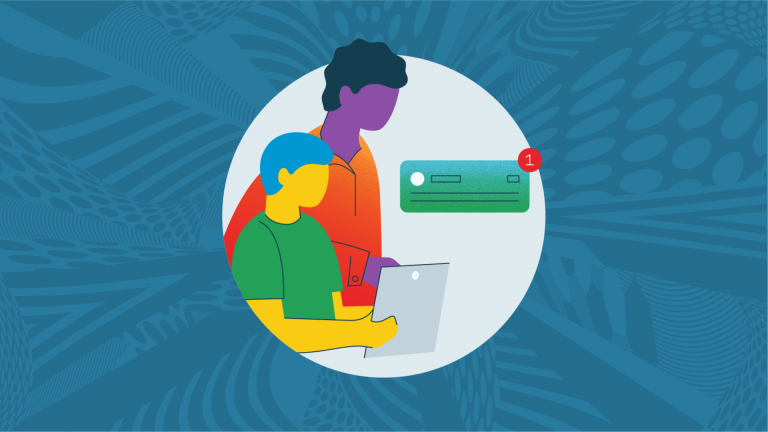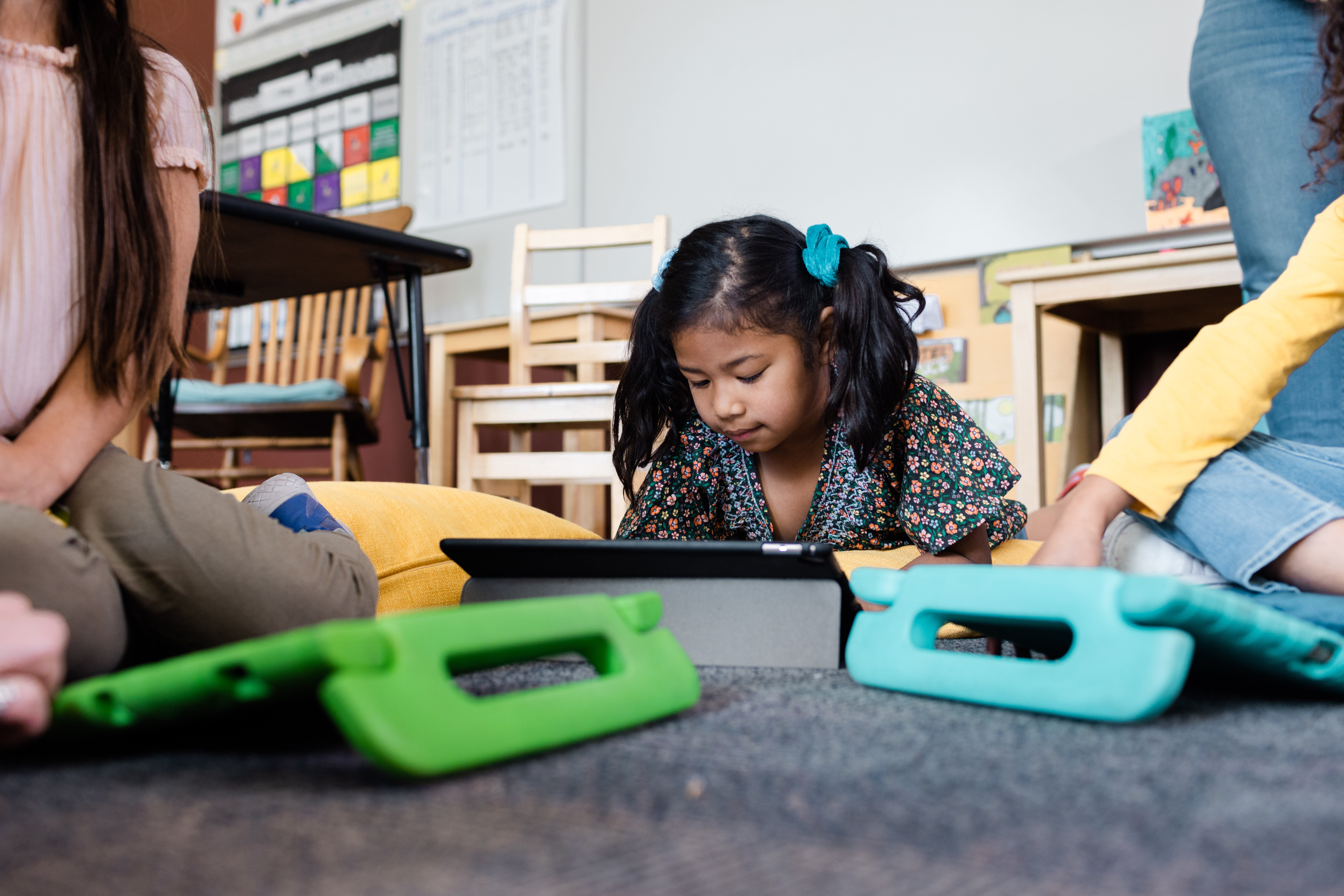
As technology continues to be a pillar of K-12 education, how can it be used to create immersive, personalized learning experiences in the classroom? One answer is gamification within the LMS! A recent study showed that gamification presents a variety of advantages for learners, such as increased enjoyment (67%), extra motivation(~50%), and enhanced learning (more than 60%). Additionally, it can foster creativity and higher interest levels, provide immediate feedback, and improve student knowledge retention.
What is Gamification?
Let’s start from the very beginning. Gamification is using game design elements and principles in non-game contexts in order to engage and motivate students. In other words, it is taking elements commonly found in games, such as competition, rewards, challenges, and interactive experiences, and integrating them into activities or systems that are not traditionally considered games.
The goal of gamification is to tap into the student's natural inclination for competition, achievement, and fun to encourage participation and enhance engagement. Gamification drives active learning, adding fun to the learning experience.
The Benefits of Gamification in the Classroom
Gamification enhances a positive learning environment, leading to higher satisfaction levels among students overall and increasing their desire and excitement to continue learning. It’s all about playing with intent and fostering an interactive environment that supports students learning at their own pace. Gamification elements help to motivate students to complete coursework, enhance engagement while learning, and create a more enjoyable experience for students. Gamifying your digital courses and learning materials offers several benefits that can enhance the learning experience and improve educational outcomes for students of all ages.

Increased Engagement and Motivation: Students are more likely to stay engaged and motivated when the content is presented in a game-like format. This format further enhances students’ motivation. Game elements such as points, rewards, badges, and leaderboards encourage students to complete tasks and activities to earn recognition and achieve goals. This leads to active participation because it encourages students to participate in learning activities as they become more invested in the process of earning rewards and progressing through the course. We also see an improved retention rate in students.

Improved Retention and Feedback: Concepts learned in a game-based context are often more memorable and easier to recall. Another benefit seen from gamification comes from the immediate feedback it provides, allowing students to understand their performance and make necessary adjustments. This fosters a continuous learning loop that aims to help learners improve faster. It also prevents them from studying incorrect material.

Personalized Learning Pathways: In addition to immediate, personalized feedback, gamification also provides customized learning paths for each student. These are based on the student's progress and performance during the course, ensuring that each learner's needs are met. Furthermore, earning badges, completing levels, or achieving milestones provides a sense of accomplishment that boosts learners' self-esteem and confidence.
10 Tips for Using Gamification in the Classroom
Here are a few tips to help you gamify your coursework with Canvas LMS:
1. Create Personalized Learning Pathways
Mastery Paths can be a great tool for practicing targeted remediation to meet individual learning needs. We recommend starting your Mastery Path with a pre-assessment to help determine each student’s learning path. Each student may be given different assignments or options within the Mastery Path based on their level of understanding. Don’t be afraid to get creative! Center your Mastery Path around a theme or gamify the learning experience by giving students an objective to follow.
2. Be Flexible with the Format
By giving students freedom and choice in the tasks they take on within the scope of an assignment or project, teachers can activate intrinsic motivation and pinpoint areas where extra guidance may be needed. To do this, teachers can create missions and adventures in Canvas Modules, awarding points for each task. This will encourage students to strive to reach a larger learning goal, with the added bonus of collecting points along the way!
3. Reward Learning Achievement with Digital Badges
Digital badges are a great way to acknowledge and reward students for their accomplishments and provide an alternative assessment method for subjects and skills that may fall outside traditional K-12 standards. They can be linked to learning, effort, skills, and positive behavior and used to recognize the individual successes of all students, regardless of mastery level. Ranks and levels can add another dimension to a gamified course, giving students a sense of completion as they “level up” and allowing each student to learn at their own pace.
4. Use a Point System
Students could earn points for completing lessons, quizzes, assignments, and other learning activities. These points can accumulate over time and contribute to their overall progress. These points eventually could be used to cash in for school supplies, prizes, or even an extra credit point or two. This gives students motivation to complete the necessary assignments and gives them an incentive to learn the material.
5. Have a Leaderboard
Leaderboards can display the rankings of students based on their performance in the course or the points they have earned. This introduces an element of healthy competition and encourages students to strive for the top spot. It also can serve as a helpful resource! If students see a classmate who is doing well, they could team up with them or reach out to them to better learn the material.
6. Incorporate Levels and Progression
Students can progress through different levels as they complete more content and activities. Advancing to higher levels can unlock new content, features, or challenges. Each level could be gamified with different themes, unlock features, etc.
7. Create Challenges and Quests for Students to Complete
Incorporating challenges or quests that require students to complete certain tasks or activities within the course can make the learning experience more engaging. These challenges can be related to real-world scenarios, reinforcing the practical application of knowledge. For example, with math, one could create a challenge for students to find the sales tax on a grocery receipt. This could be an additional/ optional activity for students to further practice the material learned.
8. Use a Storytelling Element in Your Course
Creating a storyline that runs throughout the course can provide context and motivation for learning. As students progress, they can uncover more of the story by completing lessons or activities. For example, for younger students, at the beginning of the course, students could create an avatar. and learn that their character is locked in a dungeon. Their goal throughout the course is to free the character. They can have levels where the character unlocks the door, maybe fights a dragon, etc., until eventually, at the end of the course, their avatar is freed. This keeps motivation and engagement high for the user through the entirety of the course.
9. Use Real-World Application Examples
Simulations and interactive scenarios can be used to allow students to apply their knowledge in a realistic context. This approach enhances engagement and provides a hands-on learning experience. For example, with high school students, one could have simulations for budgeting. Students could walk through the scenario and process of purchasing a car. They could learn what it takes to get a loan, make monthly payments, learn how interest rates work, etc. It is similar to storytelling elements but in a real-life scenario.
10. Collaborative Learning
Gamification can encourage collaboration among students by incorporating group challenges or team-based activities. This not only encourages students to learn from one another but provides them with opportunities to discuss their progress with the course and further motivates them to get similar badges and results to peers.
There’s More Than One Way to Teach and Learn
We know this to be true. By gamifying learning experiences with Canvas LMS, students can maintain a clear vision of where they’re going and where they’ve been with stackable pathways, have more ownership in the learning with a variety of formats to choose from, and can collect badges that represent their skills and accomplishments. For perspectives and best practices from Canvas experts, read our crowd-sourced collections of engagement strategies.
Related Content
 Teaching-With-Tech-10-Benefits.jpg
Teaching-With-Tech-10-Benefits.jpgBlogs
 cidilabs.png
cidilabs.pngBlogs
 canvas_x_tg_logo_lockup_780_x_520.png
canvas_x_tg_logo_lockup_780_x_520.pngBlogs
